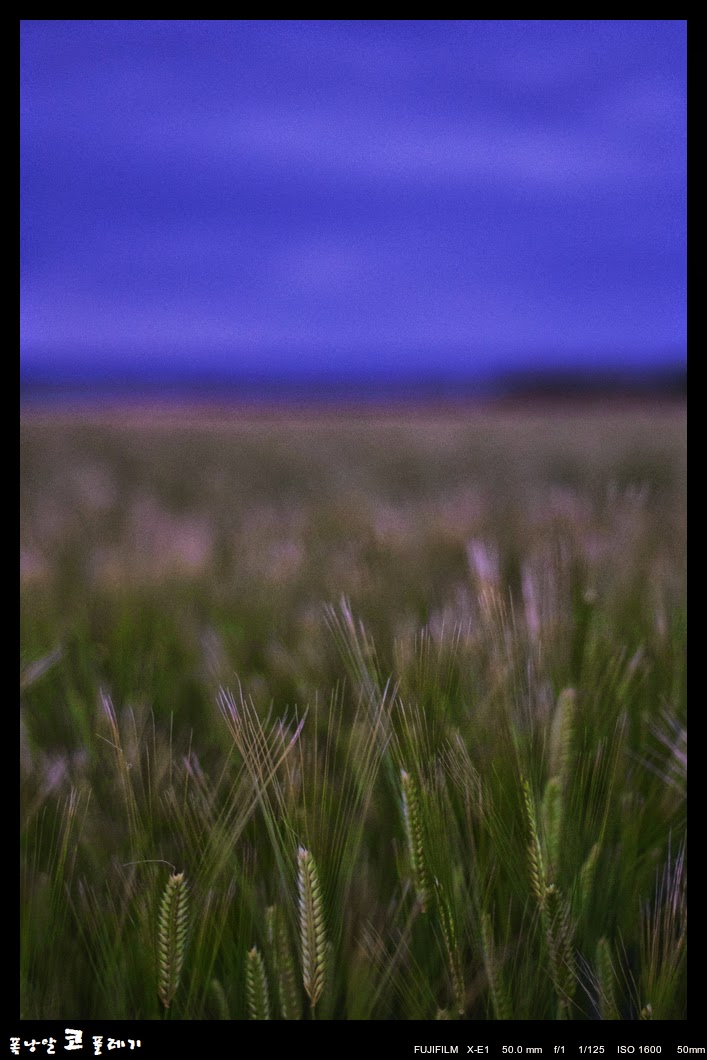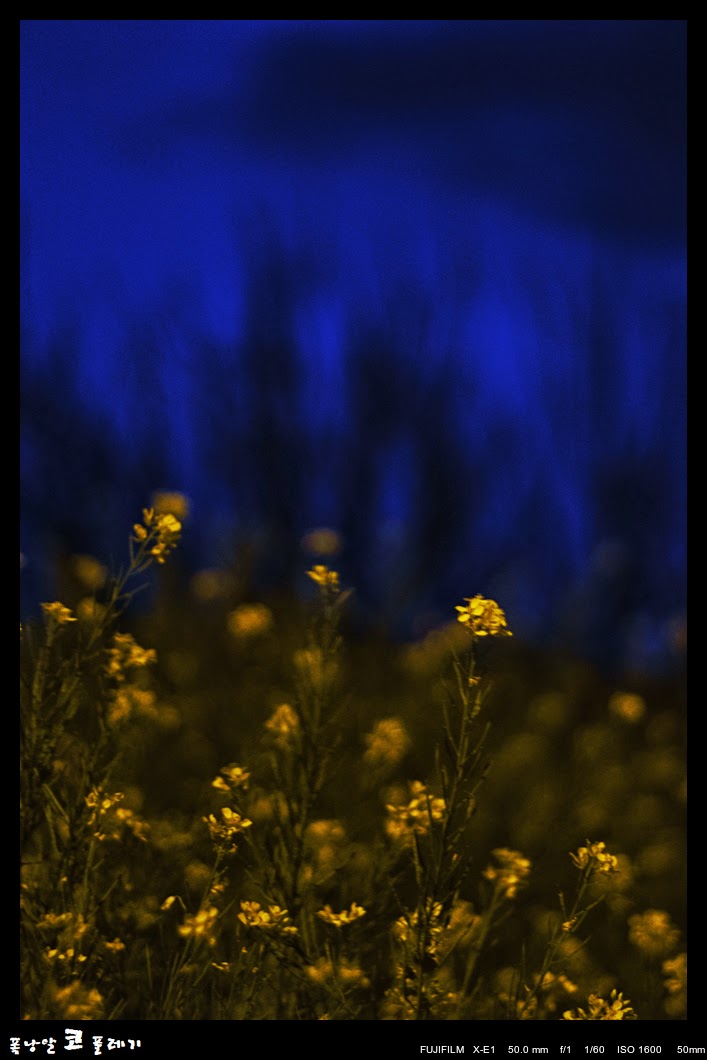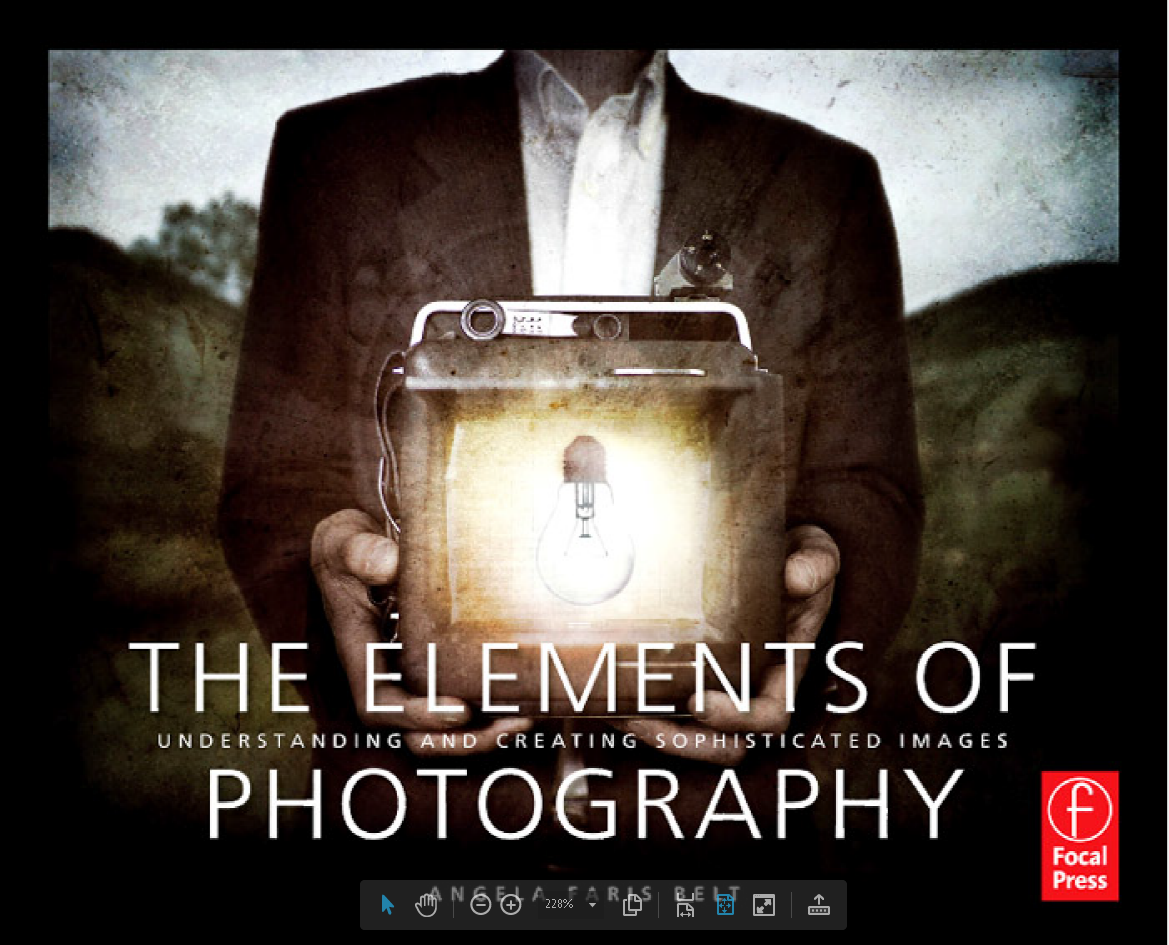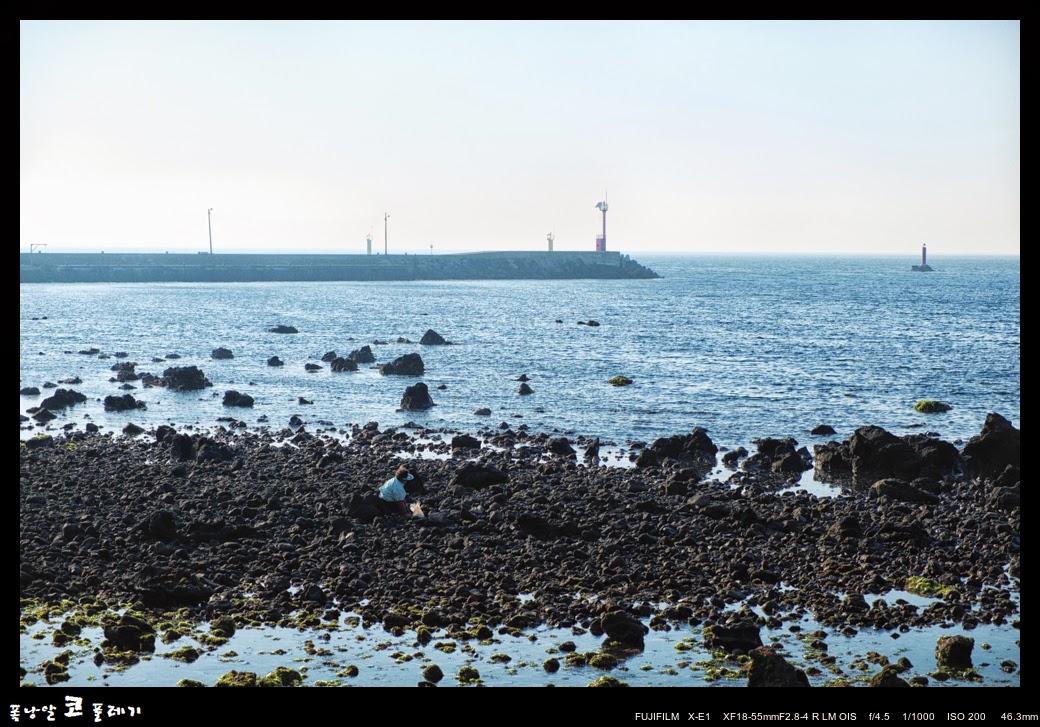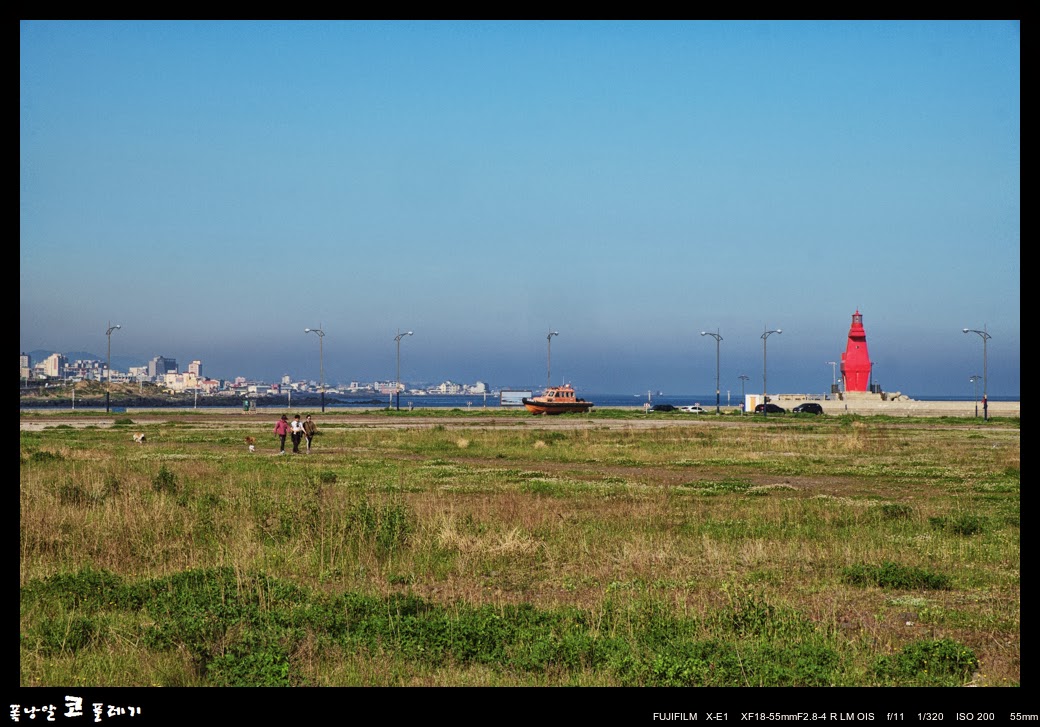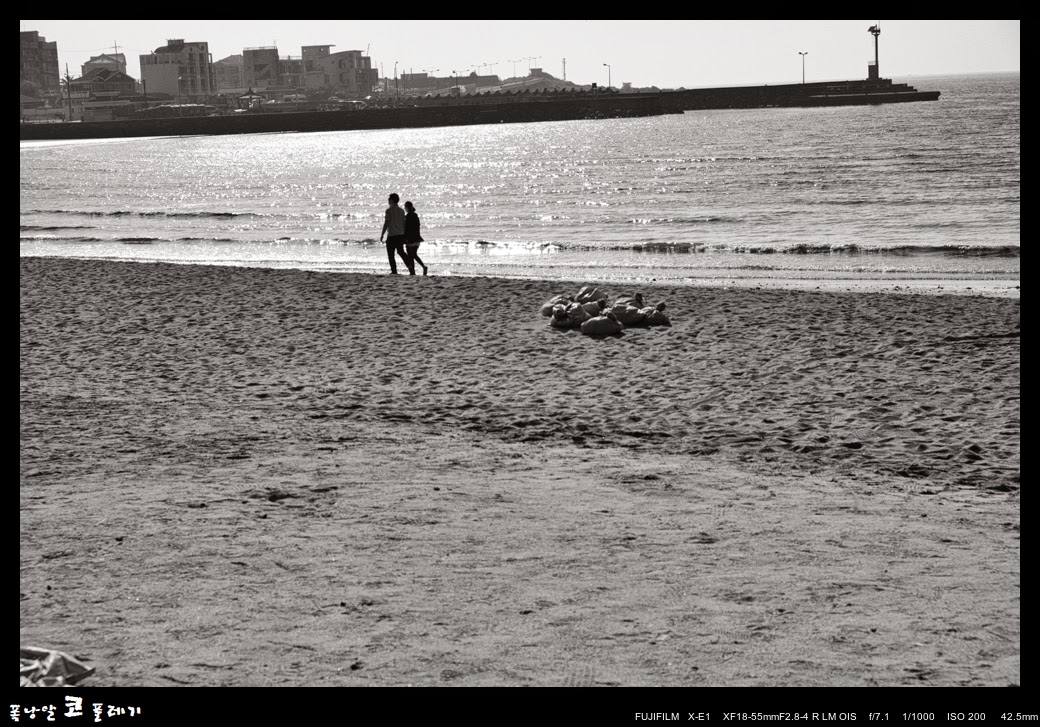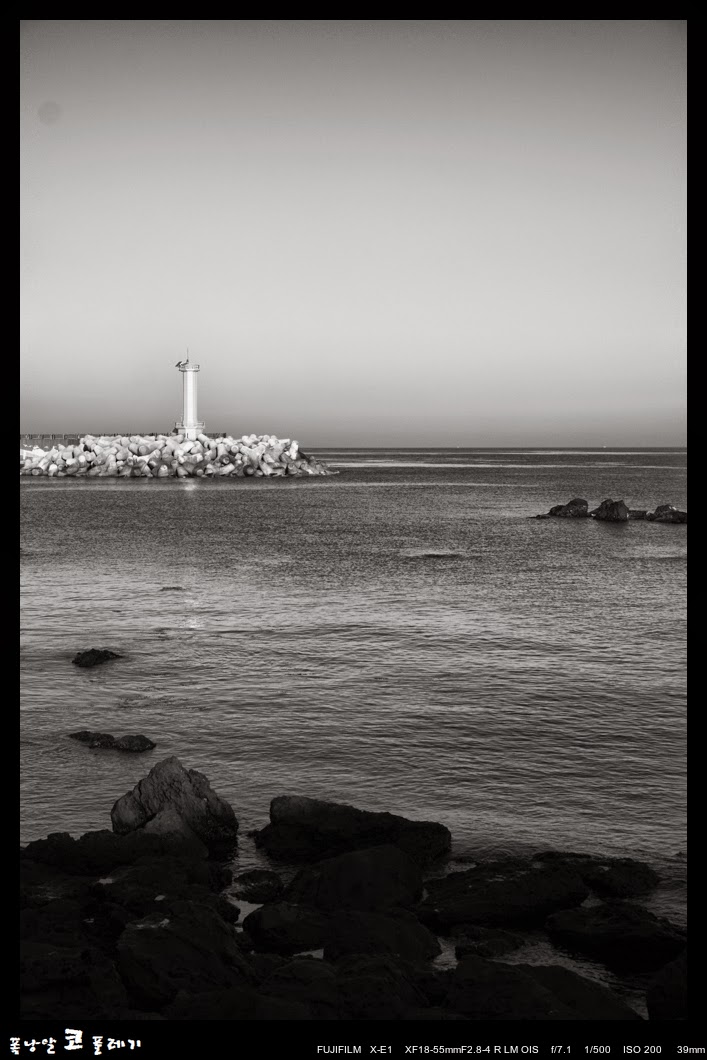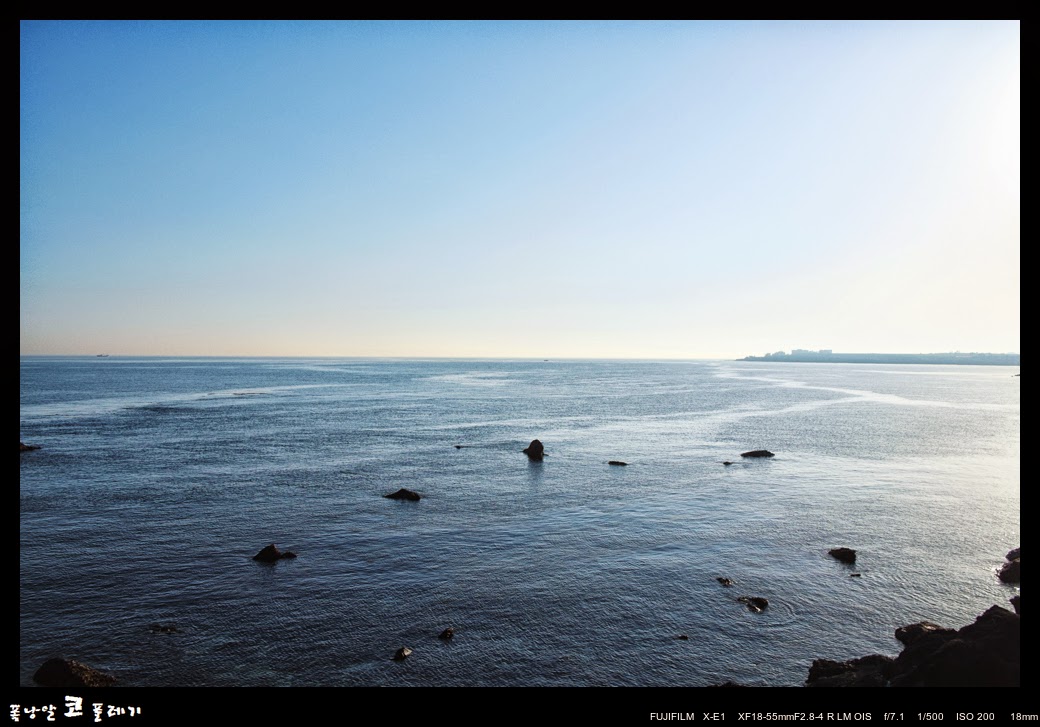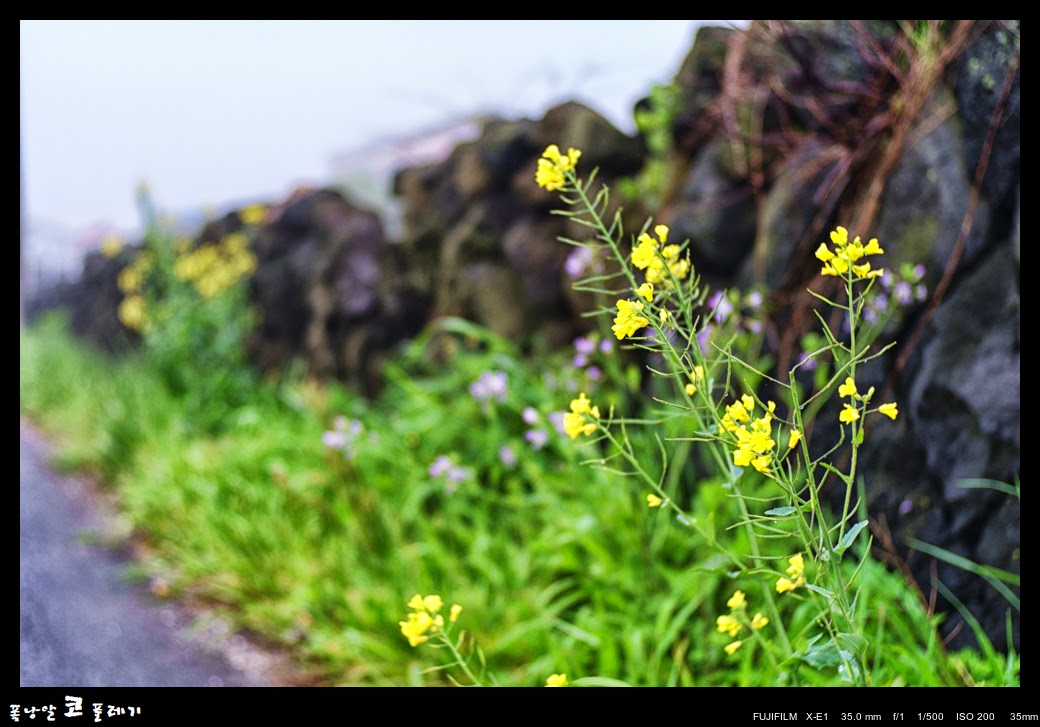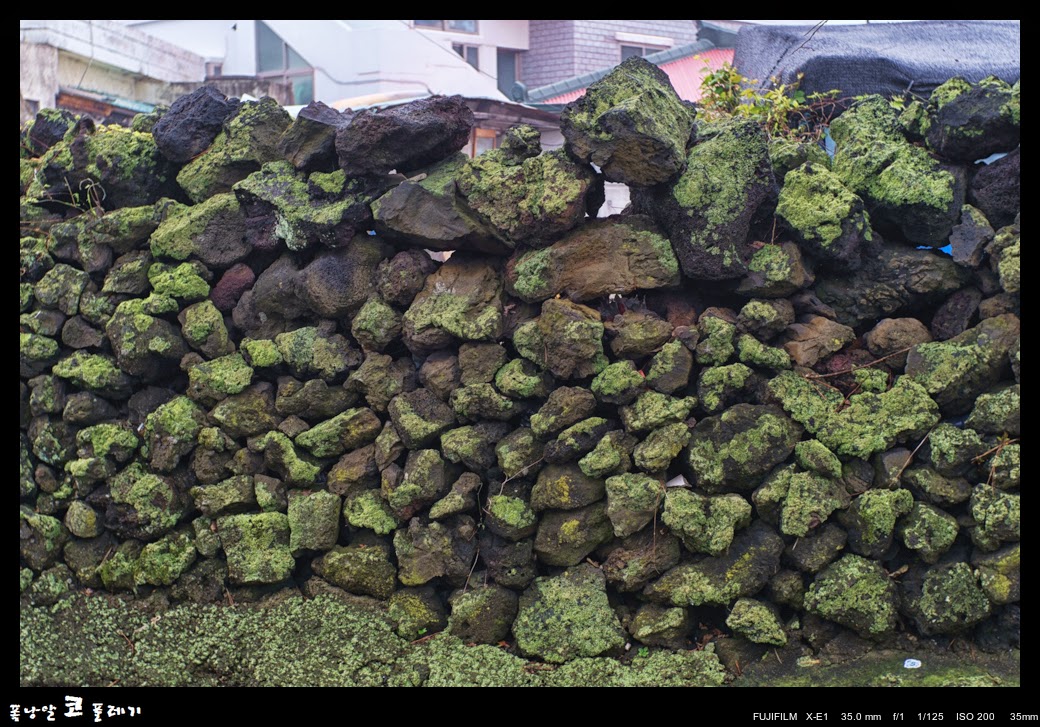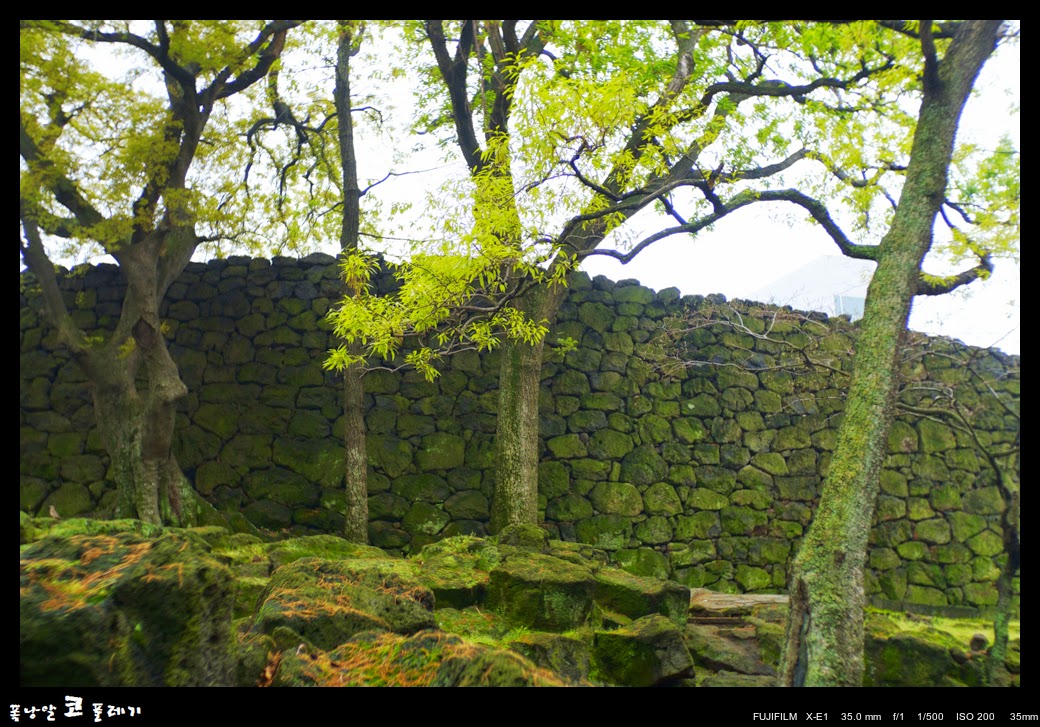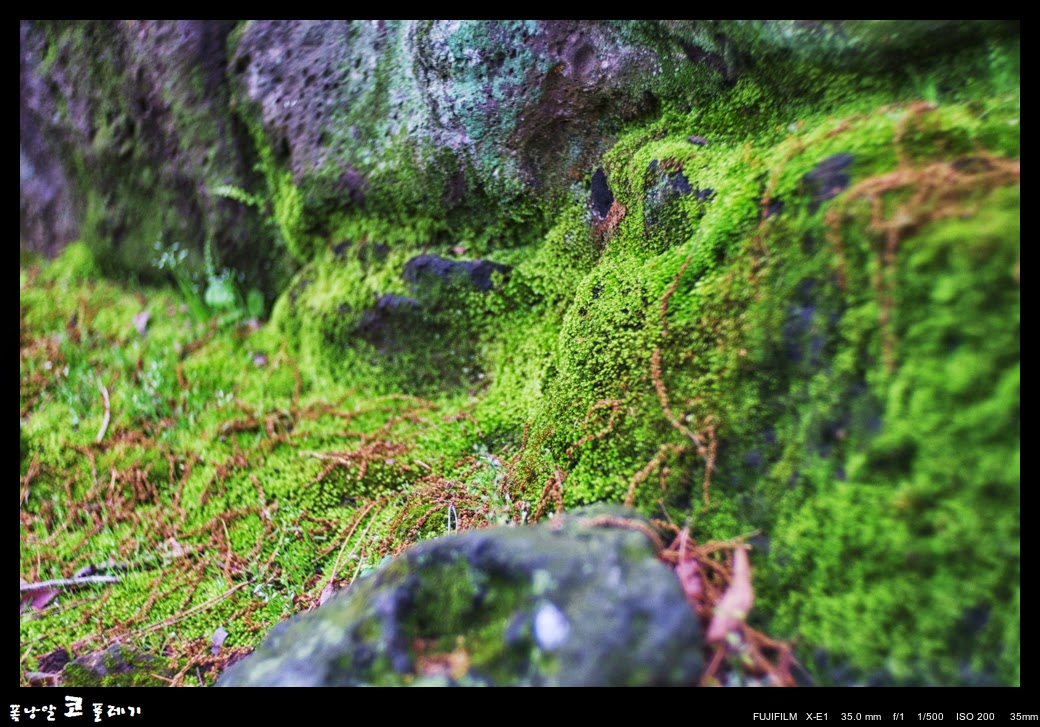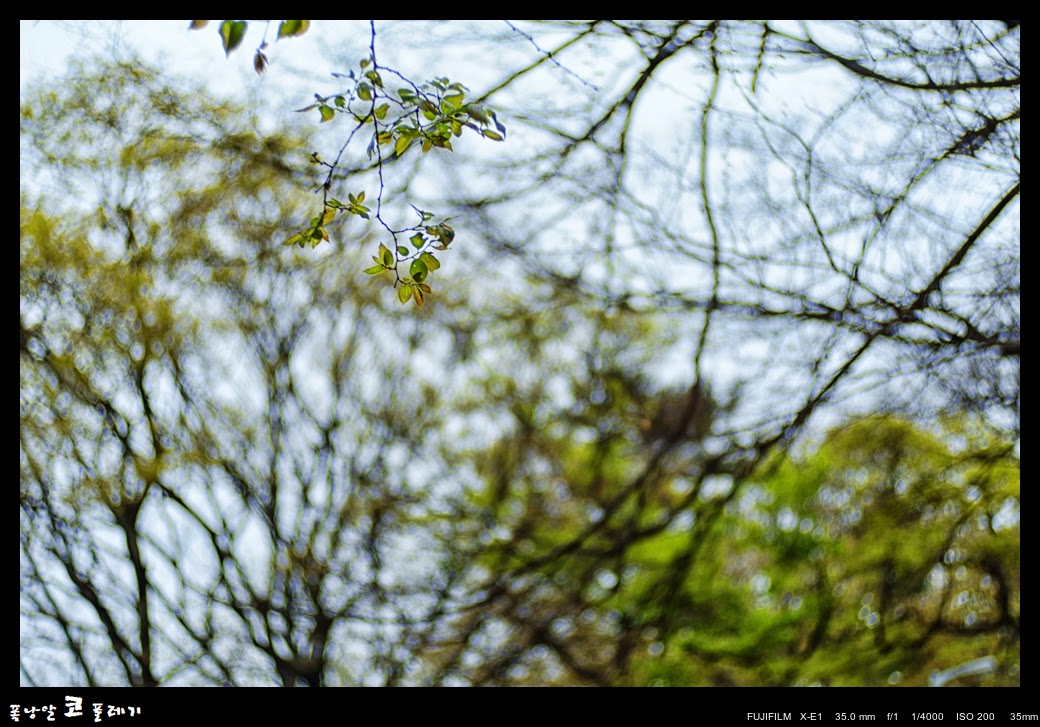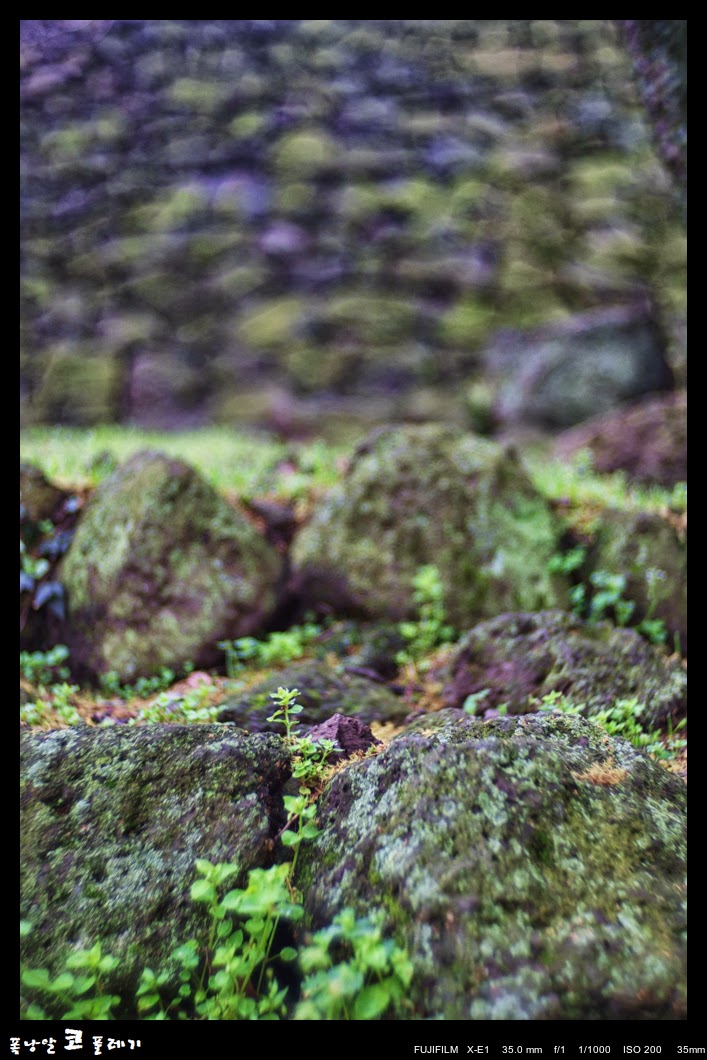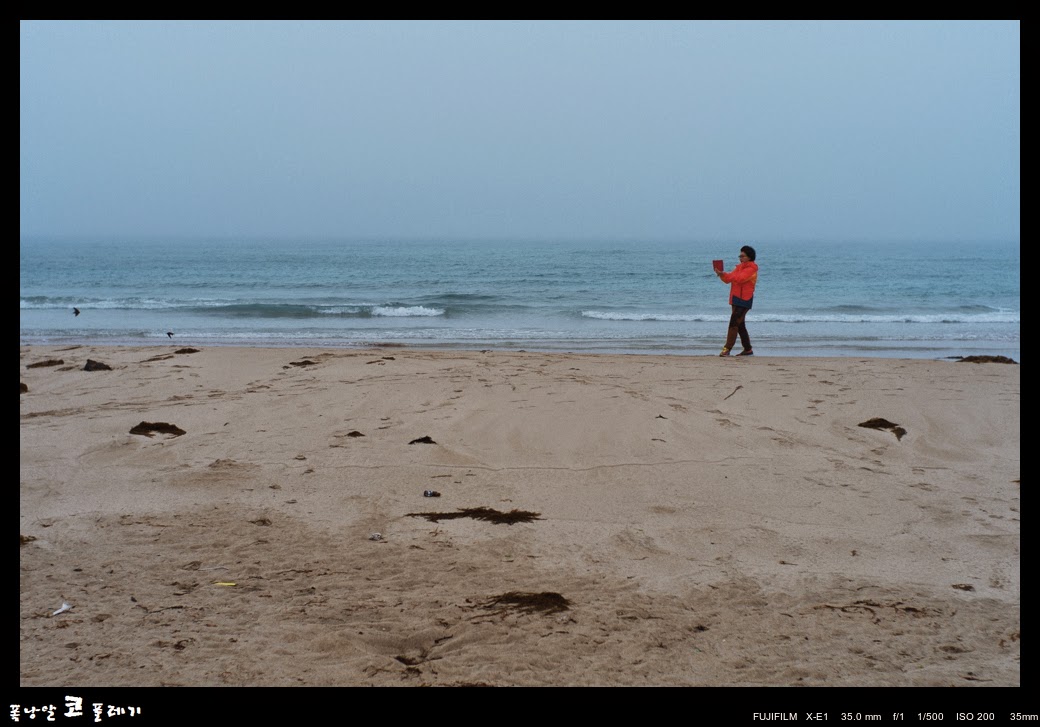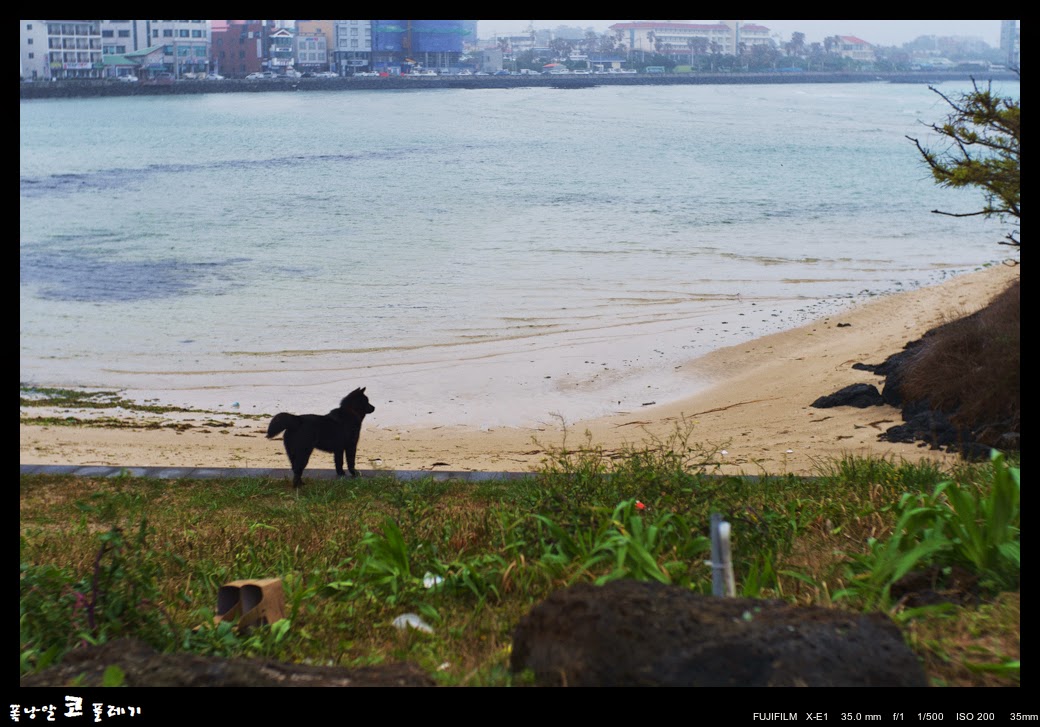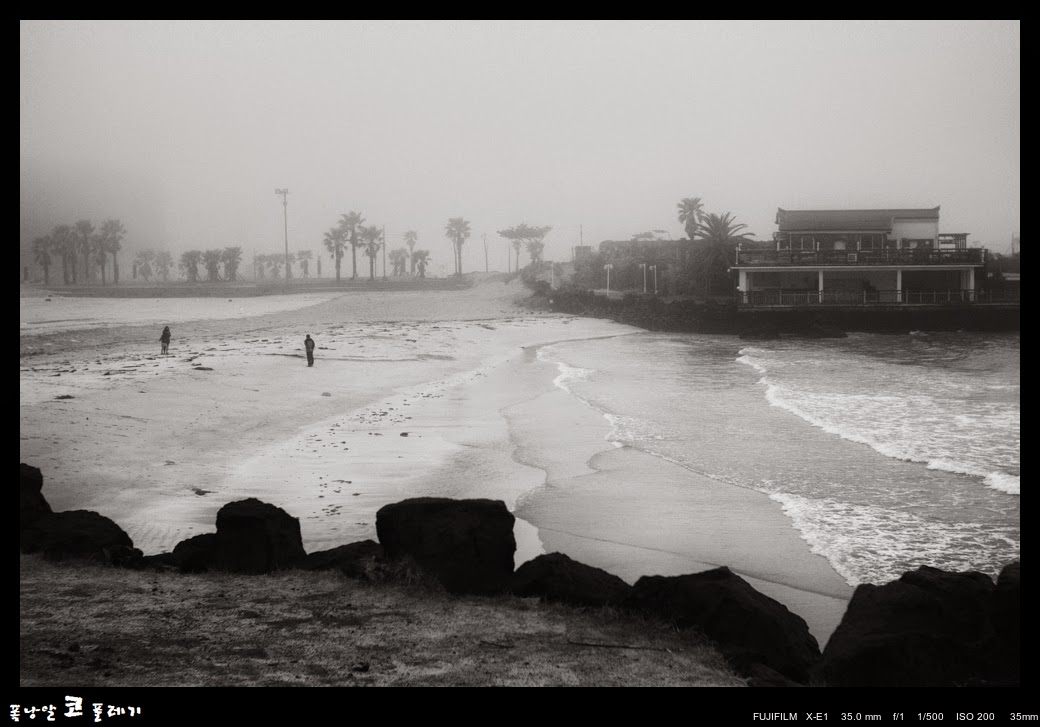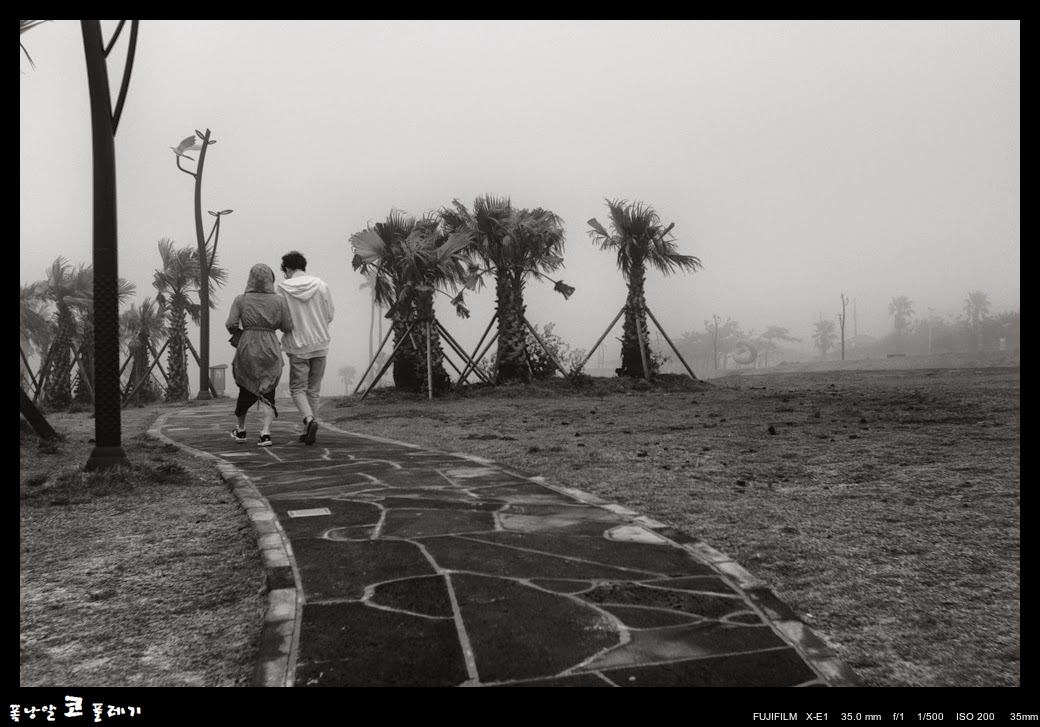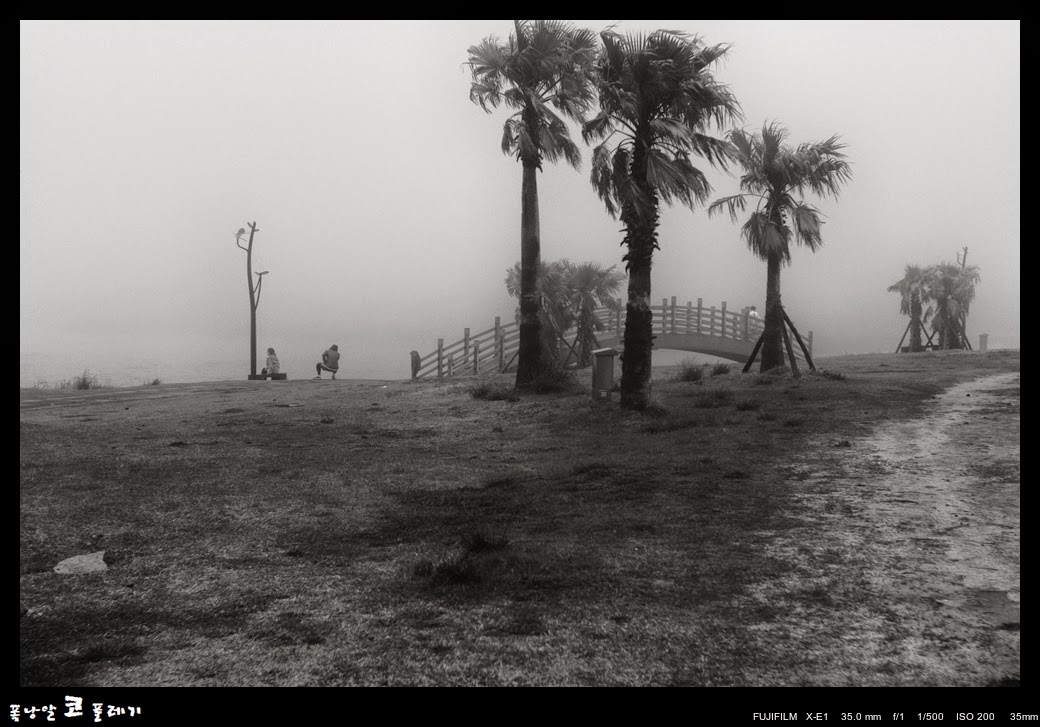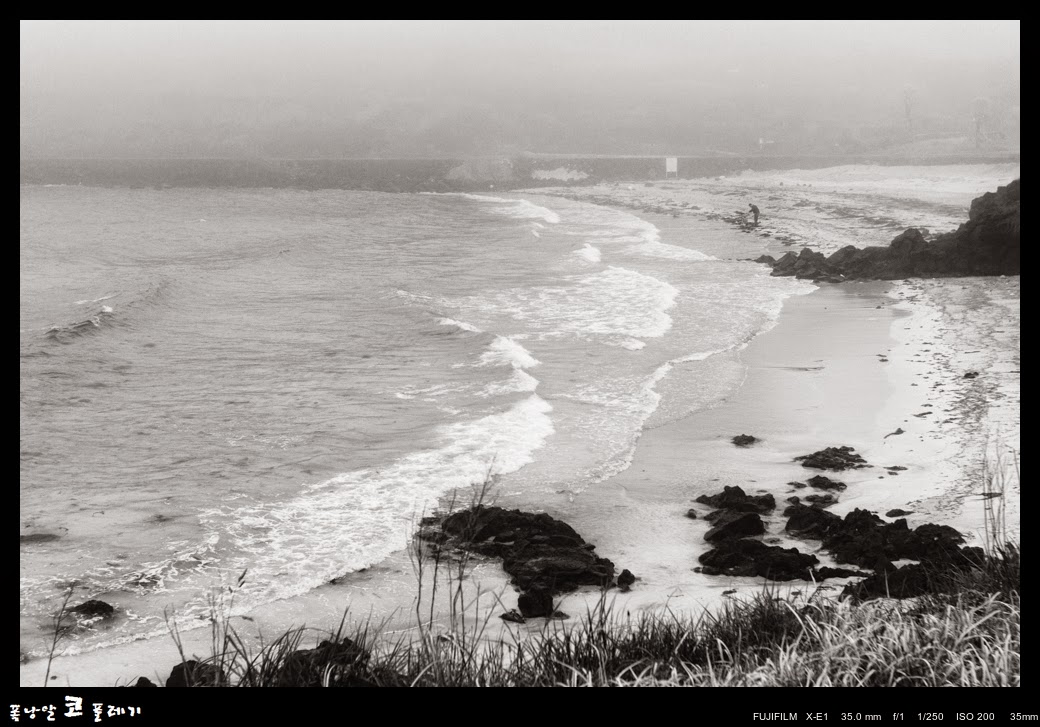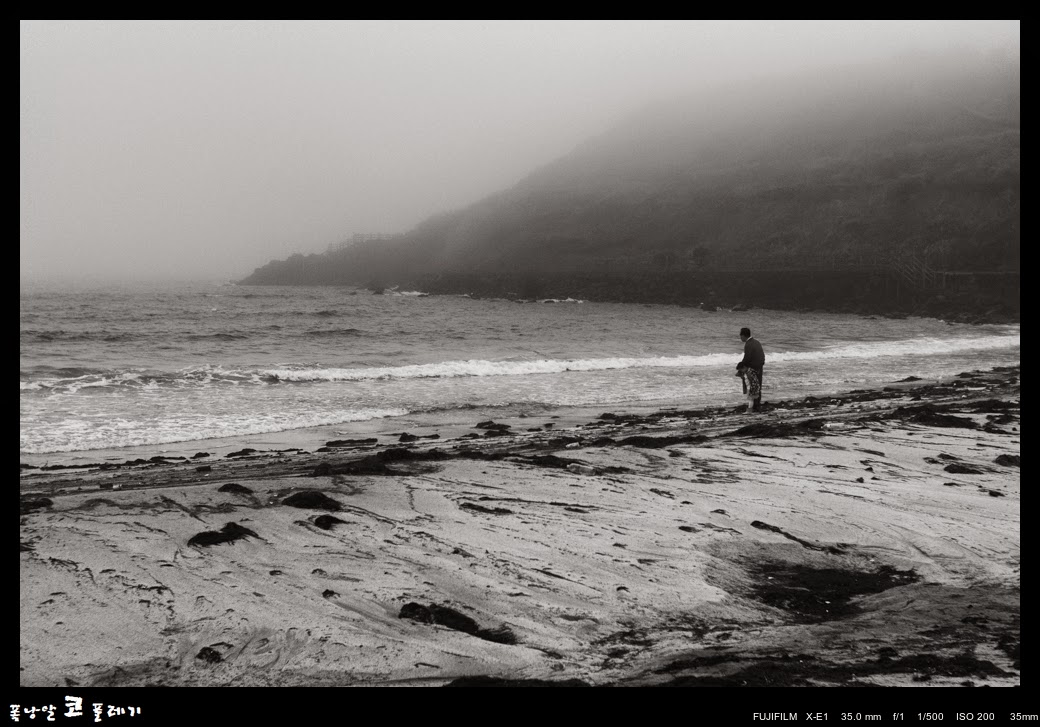The Elements of Photography 발췌
ANGELA FARIS BELT
“Like all art, photography creates its own reality. And the best photos are not those which succinctly record what has been seen, but those which understand how to structure this according to rules and laws specific to the genre.”
—From Icons of Photography
“In the field, outside the controlled confines of a studio, a photographer is confronted with a complex web of visual juxtapositions that realign themselves with each step the photographer takes. Take one step and something hidden comes into view; take another and an object in the front now presses up against one in the distance. Take one step and the description of deep space is clarified; take another and it is obscured. In bringing order to this situation, a photographer solves a picture more than composes one”
(Shore, 1998, p. 23).
CHAPTER 2 EXERCISES
These exercises will help you to learn about camera’s focusing abilities and how to manipulate them. It will also help you to question the notion of clarity, focus, depth of field, etc., that are part and parcel of photographic image making.
Does an out-of-focus image have anything to tell us about a subject? Can a pinhole camera image, with its lack of sharpness but infinite depth of field shed understanding about a specific topic? Remember to stick with your chosen subject or concept that you’ve been concentrating on for the previous exercises, but for these, consider what the notion of “focus” has to say about your subject or what your subject has to say about focus.
Exercise No. 1: Limited Depth of Field Image Series
Make a series of photographs with your camera set at its closest focusing distance. Look through the lens and compose your images based only on the sharply focused aspects
of the frame in relation to light and shadow rendered in the rapidly diminishing depth of fi eld that you see. Use close to the widest aperture (f/2, 2.8, 4) available on your lens in order to limit your depth of field to what you see through the lens. You will be printing a series (4–6) of them, so be sure to consider how the subject matter and content of these images will relate as a group.
For added complexity, you could create limited depth of field images to be printed as diptychs, triptychs, or multipanel panoramas. As in the exercises in Chapter 1, plan the images in advance so that the results are more predictable.
Still, work in a series, and edit 4–6 successful multi-panel images to print.
Exercise No. 2: Series of Out-of-focus Images
For this exercise make a series of photographs with your camera set to a focusing distance that renders the scene out of focus. Do not simply change your distance from your subject until it is in focus. Look through the lens and compose based only on the light and shadow that you see. Use close to the widest aperture (f/2, 2.8) available on your lens in order to limit your depth of field to what you see through the lens. You will be printing a series (2–5) of them, so be sure to consider how the subject matter and content of these images will relate as a group.
Exercise No. 3: Plane of Focus Manipulation
In this exercise you’ll need access to a Hasselblad Arc Body or Flex Body, a Lensbaby, a large-format view camera, or even a vintage camera with an adjustable bellows.
View the scene through the lens, and begin to adjust your bellows or lens plane until the plane of focus looks interesting to you. Don’t over-analyze it … make intuitive decisions based on the appearance of the image in the viewfinder or ground glass.
Approach this exercise as a series, and try to produce 4–6 images where the plane of focus manipulation adds to the meaning of the image.
Exercise No. 4: Convert Your SLR Camera into a Pinhole Camera
For this exercise, you’ll want to do some independent research beginning with Pinhole Resource (www.pinhole resource.com). Purchase an extra camera body cap, and drill a smooth hole about 1 in diameter into the center of it. Secure a handmade or purchased pinhole of the proper aperture size for the camera body’s depth to the inside of the body cap using black tape, and use it to make photographs of your chosen subject, topic, or genre. Think conceptually against the softness of the image can affect your viewer’s perception of your subject.
PORTFOLIO PAGES
The artists represented in this chapter’s portfolio pages engage in a wide range of photographic practices. To create their work they use traditional, digital, and hybrid media, and they consciously (visually as well as conceptually) address how the depth and clarity of focus affect the appearance and meaning of their photographic images. The work in these pages is not about apertures or lenses perse; rather, it uses the guiding principles of these technical devices as visual strategies to support or address the subject of their images. These photographer–artists use pinhole and plastic lens cameras, non-traditional and inventive focusing techniques, as well as specific attention to depth of field and framing to create images that communicate uniquely and beautifully.
These images are intended to inspire creative thinking and critical debate about the content and subject of the work, as well as the use of apertures and lenses in relation to that content. Additionally, think of other instances where still images use the depth and clarity of focus consciously, or reference them in the work in order to comment on their subject. How might a more conscious use of the attributes of apertures and lenses add dimension and meaning to your images?
CHAPTER 3 EXERCISES
In these exercises you are urged to consider in what ways time and motion relate to your chosen subject or concept.
How can freezing, blurring, overlapping, panning, or a combination of these help a viewer to understand your subject or your point of view about it? Th ese exercises are designed to help you explore your subject and practice your eff ective use of shutter speeds relative to the world of motion.
Exercise No. 1: Blurring Time and Motion from the Camera’s Perspective
This exercise is intended to familiarize you with how your own movement or the movement of the camera itself can be used for communicative eff ect. In other words, you are placing the location of the movement at your own perspective, and therefore at the perspective of the viewer.
Approach your subject using a range of slow shutter speeds, and, while moving around your subject or through the content of your images, make photographs. Don’t worry about the results yet; just make photographs.
In this exercise, the editing process—really looking at the resulting images on your contact sheets—is where you will really discover the potential for unique possibilities that your own movement in relation to the subject can create. How do your own movement and the movement of the camera during the exposure create images and meanings that differ from those images in which the camera is stationary and the subject is moving? Th e diff erences can be dramatic in terms of their visual and conceptual implications.
Exercise No. 2: Freezing Time
The use of frozen time can lend a great deal of insight into a given subject, in that it gives the viewer the opportunity to pause over an event which has been sliced from and held in time. In this exercise, you should consider your subject in relation to Henri Cartier-Bresson’s “Decisive Moment.”
Use a sufficiently fast shutter speed to freeze the motion of your camera if it is handheld and to freeze any activity in the frame’s content, or you might choose to freeze motion using a fl ash or strobe in a darkened interior, since the duration of many strobe units is faster than the shortest shutter speed in most cameras.
How does a frozen moment relate to your subject, or how could some secondary contents frozen in mid-movement relate to your stationary subject? Consider the natural moving aspects of the content surrounding your subject, or the meanings that might be conveyed about the movement of your subject itself.
Exercise No. 3: Personal Direction
Experiment with your own ideas on how to communicate about your chosen subject, genre, or concept as it relates to time and motion. You might choose to use a fl ash (to freeze motion) coupled with long exposure (to add faint blur) or rear-curtain fl ash coupled with long exposure. You might decide to create multiple exposures or to use the traditional or digital darkroom to explore the nature of motion as it relates to your subject. Th e idea is to use your knowledge about the nature of time and motion as it relates to your particular subject. Be inventive, creative, and think conceptually about your subject, topic, or genre!
PORTFOLIO PAGES
Th e artist–photographers represented in this chapter’s portfolio pages focus on a wide range of techniques in which the shutter speed and the world of motion are intertwined to produce images with specifi c meaning and unique visual character. The photographers manipulate shutter speeds, time and motion in the camera, and in the traditional or digital darkroom; they overlap time upon several frames or overlap several frames over time; they freeze or blur motion in order to clarify meaning; and they document the world of motion in ways that our eyes cannot apprehend. As with all of the portfolio pages in this text, they are intended not as exhaustive examples of this element’s possibilities, but as a source of inspiration from artist–photographers who have successfully employed the element in the service of making images that more accurately communicate their meanings.
CHAPTER 4 EXERCISES
Th is chapter’s exercises are designed to get you to consider carefully the materials and processes you use to make your photographs and to determine if those materials and
processes help you to create images that communicate the way you want them to. Try a variety of capture and output methods, and consider the ways in which the materials and processes you use imprint themselves on your images.
Exercise No. 1: Color or Black and White
Most photography practitioners tend to make images either in color or in black and white. For this exercise, make both grayscale and color prints of a section of your images. Once complete, consider and discuss with others which set of images seems to work best with your chosen subject and content, and your approach to them.
Exercise No. 2: Changing Texture
For this exercise, if you tend toward materials and processes that render the fi nest detail and smoothest images (using slow ISO speeds, traditional or digital processing methods that minimize grain and maximize detail, and printing on smooth surface papers), try the opposite. Use any technique necessary to maximize the grain structure of your images (high ISO, grainy developers, increased noise, etc.), and consciously address the resulting images with an open mind, critically evaluating if the lowered fidelity of the images adds to their meaning or aesthetic quality.
If you tend toward materials and processes that render the grainy, low-fidelity images (using fast ISO speeds, traditional or digital processing methods that maximize grain
and minimize detail, and printing on textured surface papers), try the opposite. Use any techniques necessary to minimize the grain structure of your images, and consciously
address the resulting images with an open mind, critically evaluating if the increased fi delity of the images adds to their meaning or aesthetic quality.
PORTFOLIO PAGES
Th e artists represented in this chapter’s Portfolio Pages engage in a wide range of photographic practices. To create their work they use traditional, digital, and hybrid
media, and they consciously (visually as well as conceptually) address how the materials and processes they employ affect the appearance and meaning of their photographic
images. As with the previous chapter portfolios, the work in these pages is not about process; rather, it consciously uses the visual outcomes created by specifi c processes in
order to support or address the subject of their images. The artists here push the envelope in terms of combining and hybridizing media; they use the gallery space and framing conventions to affect how viewers interpret the work; some use scanners and alternate means of capturing the image made by light; some consciously draw attention to process and methods; and all of them customize the process to the meaning they wish to infuse in their images.
These images are intended to inspire creative thinking and critical debate about the content and subject of the work as it relates to the materials and processes used to create it. They are intended to urge you to keep seeking out new photographers whose work would add insight to your own research, to keep expanding your scope of appreciation, and to fi nd your own unique voice.









